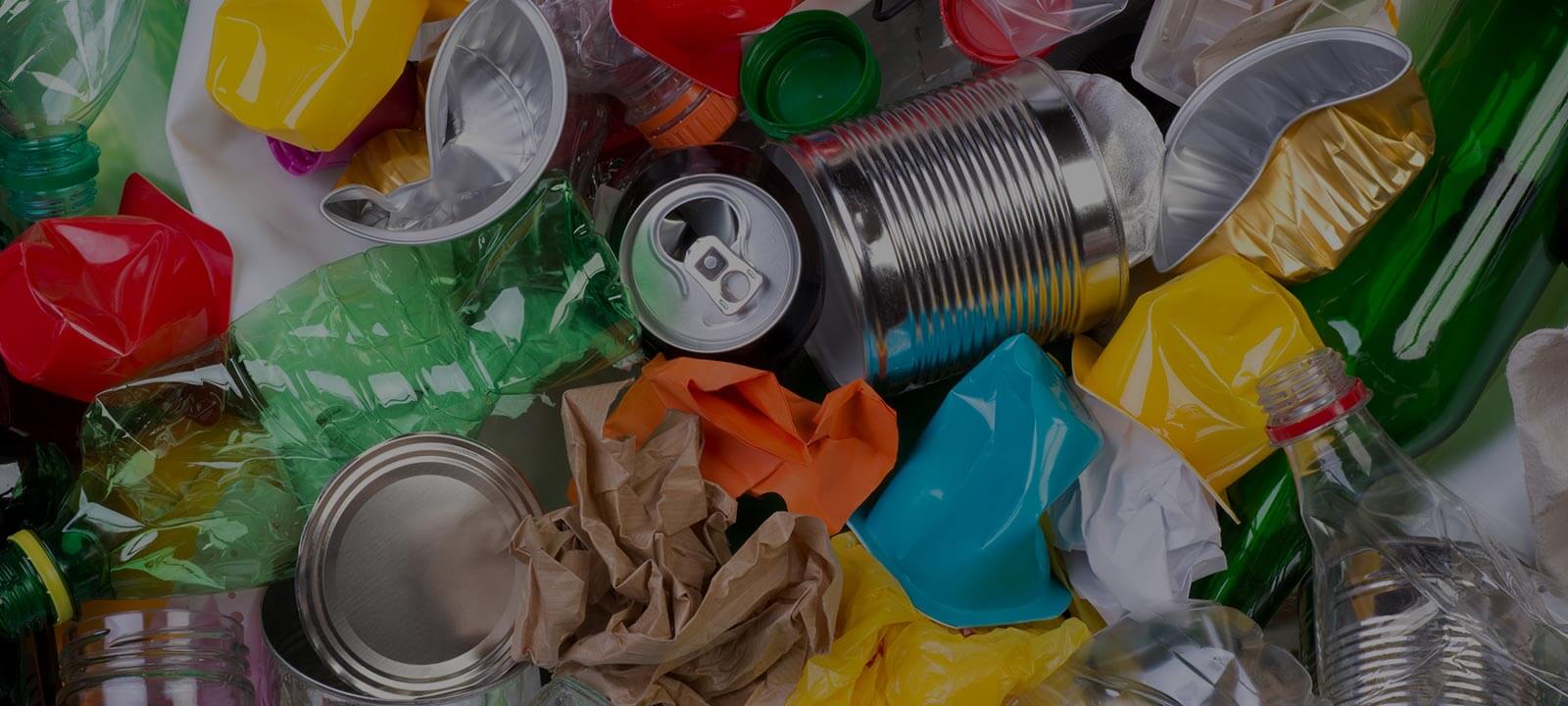Disposing of Construction Waste Responsibly
Posted on 04/06/2025
Disposing of Construction Waste Responsibly
Efficient waste management and disposal are critical elements in preserving environmental health, reducing greenhouse gas emissions, and minimizing the depletion of natural resources. The construction industry, given its extensive use of resources and generation of waste, bears significant responsibility in ensuring that construction waste is managed and disposed of in a responsible manner. This article explores the methods and practices to manage construction waste effectively and responsibly.
Types of Construction Waste
Construction waste is varied and includes a plethora of materials. Broadly, construction waste can be categorized into the following types:
- Concrete: Broken concrete slabs, fragments, and chunks from demolition and construction activities.
- Wood: Scrap wood from framing, roofing, and finishing work.
- Metals: Scrap metal from framing, pipelines, and decorative elements.
- Bricks and Masonry: Broken bricks, tiles, and other masonry materials.
- Glass: Broken or discarded glass fixtures and windows.
- Plastics: Packaging materials, pipes, and fittings.
- Gypsum: Plasterboards and other gypsum-based materials.
- Hazardous Waste: Paints, chemicals, asbestos, and other hazardous materials.

Methods of Disposing of Construction Waste
Various methods can be employed to manage construction waste effectively. The following are some common and responsible practices:
1. Recycling
Recycling is one of the most effective ways to manage construction waste. Many materials, such as metals, plastics, concrete, and wood, can be recycled and repurposed for future use. Some specific recycling practices include:
- Concrete and Asphalt: Can be crushed and reused as base material for new roads and pavements.
- Metals: Such as steel and aluminum, can be melted down and reformed into new products.
- Wood: Can be chipped and used for mulch, particleboard, or fuel.
- Plastics: Can be shredded and reformed into new construction materials.
2. Reuse
Reusing materials is another effective way to manage construction waste. Many materials can be repurposed in their existing form without the need for reprocessing. Examples include:
- Bricks and Masonry: Can be cleaned and used for new construction projects.
- Fixtures: Sink, faucets, and other fixtures can be reused in new buildings.
- Wood: Can be used for creating furniture or other structural components.
3. Hazardous Waste Management
Hazardous waste requires special handling and disposal methods to ensure environmental safety. Practices for hazardous waste management include:
- Identification: Clearly identifying hazardous materials to prevent accidental contamination.
- Segregation: Keeping hazardous waste separate from non-hazardous waste.
- Proper Disposal: Using specialized facilities to treat and dispose of hazardous materials appropriately.
Environmental and Economic Benefits
Responsible disposal of construction waste offers both environmental and economic benefits. These benefits include:
1. Environmental Benefits
- Reduced Landfill Use: By recycling and reusing materials, the amount of waste sent to landfills is minimized.
- Conservation of Natural Resources: Recycling conserves raw materials and reduces the need for new resource extraction.
- Reduced Pollution: Proper disposal of hazardous materials prevents contamination of soil, water, and air.
2. Economic Benefits
- Cost Savings: Reusing and recycling materials can reduce the overall cost of construction projects.
- Revenue Generation: Selling recyclable materials can provide an additional revenue stream.
- Job Creation: Recycling and waste management activities can create new employment opportunities.
Regulations and Compliance
Various regulations govern the disposal of construction waste. Compliance with these regulations is vital to avoid legal ramifications and protect the environment. Some key regulations include:
- Local Regulations: Municipalities often have specific codes and guidelines for waste disposal.
- National Standards: Countries have overarching waste management laws that must be adhered to.
- International Guidelines: Organizations such as the United Nations provide frameworks for sustainable waste management.
It is essential for construction companies to stay informed about these regulations and ensure compliance through training and regular audits.

Best Practices for Construction Waste Management
Implementing best practices can enhance the efficiency and effectiveness of construction waste management. Some recommended practices include:
- Pre-Project Planning: Identifying potential waste materials and developing a waste management plan before starting the project.
- On-Site Segregation: Separating waste materials on-site to streamline recycling and disposal processes.
- Regular Training: Providing training to construction workers on waste management techniques and the importance of responsible disposal.
- Partnerships: Collaborating with recycling facilities and waste management companies to ensure proper handling of waste.
- Continuous Monitoring: Regularly monitoring and evaluating waste management practices to identify areas for improvement.
Conclusion
Disposing of construction waste responsibly is essential in maintaining environmental sustainability and reducing the adverse effects of construction activities. By employing methods such as recycling, reusing, and proper hazardous waste management, the construction industry can significantly mitigate its environmental impact. Coupled with the implementation of best practices and adherence to regulations, these efforts contribute to a healthier environment and a sustainable future.
Construction companies and stakeholders must recognize the importance of responsible waste management and take proactive steps to integrate these practices into their operations. Through collective efforts, the construction industry can pave the way towards a greener, more sustainable world.






